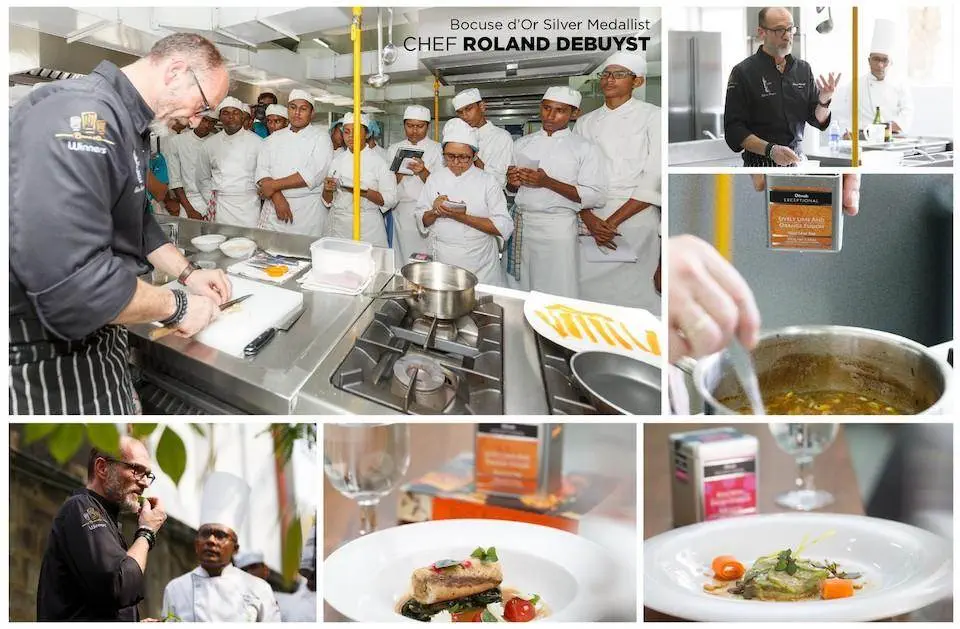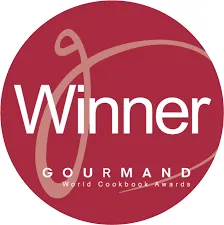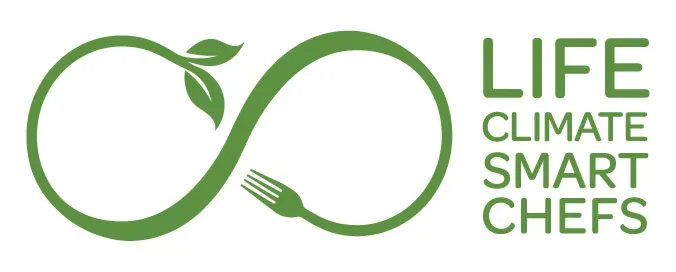A Symbol of Prosperity, Hospitality, and Peace
See below for recipe
Bread has always held a sacred place in Polish culture – as a symbol of prosperity, hospitality, and peace. From Neolithic flatbreads baked on hot stones to today’s artisan sourdough loaves, it has united generations around the table. To this day, bread remains a cherished part of every Polish home and daily meal – a living tradition that continues to nourish both body and spirit. More than food, it is a gesture of sharing and gratitude – a timeless expression of Poland’s heart and heritage.
The history of Polish bread dates back to the Neolithic period, around 4000 B.C., when the first simple flatbreads made of flour and water were baked on heated stones across the lands of today’s Poland. These early flatbreads, known as podpłomyki, were the precursors of later loaves and formed a staple food for early agricultural communities who learned to cultivate grains and grind them into flour.
During the Middle Ages, the art of breadmaking flourished in towns and monasteries. Urban and monastic bakeries perfected fermentation techniques and introduced special ovens designed for bread baking. It was in this period that the famous sourdough rye bread, or zytniak, appeared – dark in color, slightly tangy in taste, and long-lasting. It became the foundation of the Polish diet for centuries. Over time, alongside rye loaves, white breads, crescent rolls and ring-shaped obwarzanki emerged, reflecting the growing prosperity and urban development of Polish society.
Through the centuries, bread accompanied Poles not only in daily life but also during life’s most significant moments. It became a symbol of abundance, honest work and divine blessing. In Polish homes, bread was always treated with deep respect – throwing bread away was considered a sin, and the first loaf baked at home was traditionally marked with the sign of the cross.
In Polish culture, bread also symbolizes hospitality and unity. The beautiful custom of welcoming guests with bread and salt has survived to this day, expressing respect, generosity and wishes for prosperity. During the Christmas Eve supper, families share a thin wafer – the “oplatek”, a symbolic form of bread – as a sign of reconciliation and love.
A particularly touching tradition is the ceremonial greeting of newlyweds with bread and salt by their parents before entering the wedding reception hall. This gesture carries deep symbolic meaning: parents offer bread as a wish for abundance and the reward of work, salt as a sign of endurance and wisdom, and wine or vodka as a symbol of joy and love in the couple’s new life together. This ritual connects generations and remains one of the most moving moments of a Polish wedding celebration.
In Polish folklore, bread also had magical and protective significance. It was believed to bring good fortune and safeguard against hunger. Mothers placed a small piece of bread in their newborns’ clothes, while godmothers would give children little “bread dolls” (kukiełki) as tokens of protection and prosperity.
Today, despite changing trends, bread remains an enduring symbol of Polish identity and everyday life. Across the country, artisan bakeries are returning to traditional sourdough methods, natural flours, and long fermentation processes, restoring the true taste of bread that connects generations.
In Poland, bread is more than food – it is a gesture of sharing, an expression of gratitude, and a sign of peace. It continues to remind us of the values that form the foundation of our community – work, solidarity, and love for the land from which it grows.
Traditional Polish Rye Sourdough Bread “Staropolski Chleb Żytni” – Recipe
Adapted by JOANNA OCHNIAK
Ingredients
For the sourdough starter (5-day fermentation):
- Whole rye flour (type 2000) – 100 g daily
- Lukewarm water (about 35 °C) – 100 ml daily
For the final dough:
- Active rye sourdough starter – 200 g
- Light rye flour (type 720) – 500 g
- Whole rye flour (type 2000) – 250 g
- Lukewarm water – about 500 ml
- Salt – 1 ½ tablespoons (about 15 g)
- Optional: 1 tablespoon of honey or beet molasses (for aroma and color)
- Optional: a handful of sunflower seeds, flaxseed, or poppy seeds

Instructions
Preparing the Sourdough Starter
Day 1:
- In a glass jar or ceramic bowl, mix 100 g of whole rye flour with 100 ml of lukewarm water.
- Stir with a wooden spoon until it forms a thick batter.
- Cover loosely with a cloth (do not seal) and leave in a warm place (about 25 °C).
Day 2:
- You should see the first bubbles and a faint sour aroma. Add another 100 g of rye flour and 100 ml of water.
- Stir, cover, and let rest.
Day 3:
- The starter will now smell stronger and show more bubbles on the surface. Feed again with 100 g of flour and 100 ml of water.
Day 4:
- Fermentation intensifies. Stir in another 100 g of flour and 100 ml of water.
Day 5:
- The starter is now ready to use – thick, bubbly, and pleasantly sour in aroma. If a thin layer of liquid forms on top, simply stir it in before using.
(Keep some of this starter in a jar in the fridge to use for your next loaf – it can live for years when refreshed regularly.)
Making the Bread
- In a large bowl, mix the starter with the lukewarm water. Add salt, honey (if using), and both flours.
- Stir with a wooden spoon until the ingredients are combined. The dough will be dense and sticky – that’s perfect for rye bread.
- Cover the bowl with a clean cloth and let it ferment at room temperature (24–26 °C) for about 12–14 hours (overnight).
- When the dough has doubled in size and is full of air bubbles, transfer it to a greased and floured baking tin.
- Smooth the top with a wet hand. Cover and let it rise again for 2–3 hours.
- Meanwhile, preheat the oven to 220 °C.
- Place the loaf in the oven and bake for 10 minutes at 220 °C, then reduce the temperature to 190 °C and bake for another 40–50 minutes.
- Remove from the tin and cool completely on a rack. The bread tastes best after a few hours of rest, when the crumb has fully set and the aroma deepens.
For more recipes, visit www.worldchefs.org/news.













